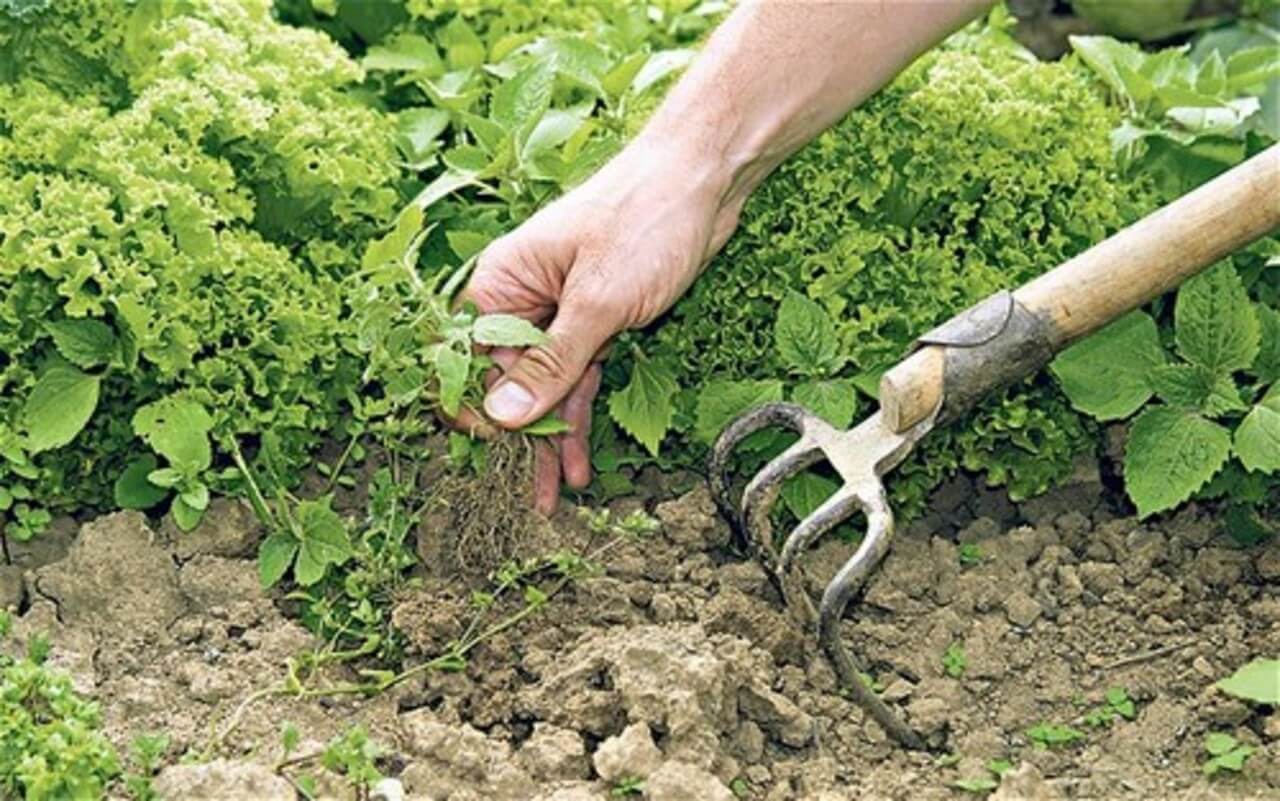If you've listened to this Episode on iTunes already (don't forget to subscribe - it's free), welcome to the SHOW NOTES. Or scroll down to LISTEN.
We have a Patreon page. Love the podcast? To support, Click here .
EPISODE 76 FEATURES NINA MARENZI
Have you heard that phrase from seed to garment? Probably, right? Because most natural textiles are grown in the Earth. But how often does fashion get its fingernails into the actual dirt?
We hope there are some gardeners listening this week, because our guest loves worms. Nina Marenzi has a Masters degree in sustainable agriculture, but today she works in fashion. Her organisation The Sustainable Angle puts on the Future Fabrics Expo in London, which is all about what she calls ‘diversifying the fibre basket’ - or rethinking fashion materials.
The 8th Future Fabrics Expo happened January, at London’s Victoria House. It showcased thousands of more sustainable fabric options to designers, brands, fashion students and anyone who was interested. And that was lots of people - 2500 people came through the doors over 2 days.
Nina says we need to step up regenerative agriculture, organic and circular materials, and transition to new materials that don’t trash our soil.
WHAT WE TALK ABOUT…
image is copyright Suzanne Plunkett 2019©
THE FUTURE FABRICS EXPO showcases textile and materials innovations (including packaging) that seek to lower fashion’s environmental impact. They are selected according to 4 criteria: water use, respecting biodiversity, energy use, and waste.
2018’s event Seminar Series featured leading voices, presented by G-Star. Speakers included several Wardrobe Crisis guests: Orsola de Castro (Episode 69), Claire Bergkamp, Dilys Williams and Tiziano Guardini (Episode 61). And Clare was one of the moderators, along with Bel Jacobs.
Nina and Clare at the 8th Future Fabrics Expo
FASHION’S MOST POPULAR MATERIALS are polyester and cotton, accounting for around 70% and 24% respectively. WHAT’S WRONG WITH THAT? Well…
VIRGIN POLYESTER is derived from the dirty fossil fuels that contribute to global warming. Poly is non-biodegradable and pollutes the oceans with plastic microfibres. “From any point of view, it really is not a good material to use, as we know now,” says Nina.
CONVENTIONAL COTTON is a natural fibre. However, it is usually irrigated has a high water footprint. Cotton grows on fertile land that could be used for other things, for example food. It requires pesticides, that pollute soil and waterways. “These inputs are polluting,” says Nina. “From worker health to the environment, it’s unsustainable. Also, we’re running out these inputs anyway, because synthetic fertilisers are derived from fossil fuels.” Read more here.
Asked why we’re so dependent on cotton Nina says, “Cotton is a very versatile fibre, and I do think there’s always going to be a requirement to have cotton on your skin because it feels so good, but there are alternatives. You don’t have to have 100% cotton on an outerwear garment, for example. One of the easiest things to do is blend it with [lower impact] linen or hemp.”
ORGANIC COTTON also grows on fertile soil, but as Nina points out, anything that grows in an organic system grows on rotation, which means the soil is replenished between plantings. In fact conventionally grown cotton is also sometimes crop-rotated, however in an organic system, there are no pesticides. Nina says 80% of organic cotton is rain-fed. Is she right? Yes. According to Textile Exchange’s Organic Cotton Sustainability Assessment. Find the GOTS guidelines here.
The TRUE COST is not just a film about garment workers. Nina points out that the costs we’re charged, and given to understand apply, for almost all products currently fail to take account of these externalities: the cost of their production to the environment and to human health. “That is never factored in,” says Nina.
THE POLLUTER PAYS PRINCIPAL is the rule that the cost of pollution control, prevention, and remediation should be borne by the entity which profits from the process that causes pollution.
This article points out that the principle is “commonly accepted” and forms the basis of legislation. “For instance, a factory that produces a potentially poisonous substance as a byproduct of its activities is usually held responsible for its safe disposal. This principle underpins most of the regulation of pollution affecting land, water and air. Pollution is defined in UK law as contamination of the land, water or air by harmful or potentially harmful substances. Part of a set of broader principles to guide sustainable development worldwide (formally known as the 1992 Rio Declaration), the polluter pays principle has also been applied more specifically to emissions of greenhouse gases which cause climate change.”
Okay, but in most cases, bar the most horrific and widely publicised (asbestos and James Hardie, for example), the polluter pays bugger all and simply gets away with it, leaving those who a) didn’t cause it, and b) can ill afford it, to clean up.
“FASHION DEPENDS ON RAW MATERIAL, AND MOST OF THAT RAW MATERIAL, UNLESS IS IT SYNTHETIC, COMES FROM SOIL OR DEPENDS ON IT.” - NINA MARENZI
SOIL. According to the UN, one third of our global soils are already degraded. Generating 3 centimetres of top soil takes 1,000 years, and if current rates of degradation continue, all of the world’s top soil could be gone within 60 years.
WHAT IS REGENERATIVE AGRICULTURE? “It used to be called biodynamic farming, all comes down to the same thing, we have to careful with soil, we have to make sure we don’t pollute it, and protect it form erosion,” says Nina.
WHAT IS FINISHING? Textiles are processed after weaving and dyeing, and these processes are often wet and use harsh chemicals. Finishing processes include preparatory treatments used before additional treatment, such as bleaching prior to dyeing; treatments, such as glazing, to enhance appearance; sizing, affecting touch; and treatments adding properties to enhance performance, such as preshrinking. Newly formed cloth is generally harsh, dirty and less attractive, requiring considerable skill for conversion into a desirable product. Before treatment, the unfinished fabrics are referred to as grey goods, or sometimes, in the case of silks, as greige goods - via Encyclopaedia Brittanica.
Wool, for example, must be scoured. When applied to grey goods, scouring removes substances that have adhered to the fibres during production of the yarn or fabric, such as dirt, oils, and any sizing or lint applied to warp yarns to facilitate weaving. Cotton and cotton blends are often mercerised to increase lustre, to improve strength, and to improve their affinity for dyes. The process, which may be applied at the yarn or fabric stage, involves immersion under tension in a caustic soda (sodium hydroxide) solution, which is later neutralised in acid. The treatment produces permanent swelling of the fibre.
“Is that all really needed and are there alternatives?” says Nina.
“A WEED IS A PLANT GROWING IN THE WRONG PLACE AT THE WRONG TIME.”
INNOVATIONS & NEW MATERIALS
ORANGE FIBER is a sustainable viscose made from citrus waste, that would otherwise be thrown away. Co-founder Adriana Santanocito was inspired to find a productive use for it after seeing a TV news story about piles of unwanted orange peels going to waste in Sicily. Salvatore Ferragamo is the first fashion house to partner with Orange Fiber.
APPLE pulp, skins and cores from the juicing and cider industries can be used to make textiles. Another Italian company, Frumat, is blending 50% recycled apple fibre and 50% polyurethane to make a sturdy vegan bio-leather. They also make a purely apple-based material that’s fully compostable.
The buzz has been building for a while over the use of PINEAPPLE and BANANA stems and leaves in place of trees to create new-gen cellulosic fibres. The fibre is derived from the parts of the plants that usually wasted.
image is copyright Suzanne Plunkett 2019©
BIODEGRADABLE SEQUINS are coming. If you’re interested in the plastic-y problem of sparkly stuff, we talked about SUSTAINABLE GLITTER in Episode 58 with Katrin Ley, from Fashion for Good.
BEYOND SURFACE TECHNOLOGIES switches out crude oil-based textile finishing agents for those derived from renewable ones. FIND OUT HOW HERE.
SUSTAINABLE VISCOSE. Austrian viscose leader LENZING ‘s latest innovation is Ecovero. They say: “LENZING™ ECOVERO™ branded Viscose fibers mark a new milestone in Lenzing’s sustainability journey… [to] give you confidence your fashion choices are environmentally responsible and have a low environmental impact.” The fibres are derived from sustainable wood and pulp, coming from certified and controlled sources. Read about LENZING here. Want more on this? Listen to the podcast with Stella McCartney’s Claire Bergkamp.
RECYCLED POLYESTER uses PET as the raw material. This is the same material that is used in clear plastic water bottles, and recycling it to create the fabric prevents it from going to landfill.
RECYCLED COTTON “can be generally defined as converting cotton fabric into cotton fiber that can be reused in textile products. Recycled cotton is also commonly referred to as regenerated or reclaimed cotton or shoddy.” It is usually mechanically recycled, i.e. shredded, and most of the feedstock come from pre-consumer waste, such as cutting scraps. “Post-consumer waste is more difficult to sort through due to various colour shades, fabric blends, and it is generally a more labour-intensive process. Recycled cotton is not a new concept to the textile and apparel market, but as manufacturers, brands and retailers continue to evaluate their supply chain footprint, the interest in recycled cotton has grown. ” - Via CottonWorks.
YES, CLARE DID HAVE A SNAIL AS A PET… no one knows what happened to Sulphur.
THE CLUB OF ROME is an organisation of individuals who share a common concern for the future of humanity and strive to make a difference. Formed in 1968 by David Rockefeller among others, consists of current and former heads of state, UN bureaucrats, high-level politicians and government officials, diplomats, scientists, economists, and business leaders from around the globe.
CRADLE TO CRADLE. Buy the book here. Listen to the podcast with William McDonough here.
A NOTE ON OUR MUSIC: IT IS BY OUR FRIEND MONTAIGNE, WHO SANG A SPECIAL ACOUSTIC VERSION OF "BECAUSE I LOVE YOU" JUST FOR US. IT'S FROM HER ALBUM GLORIOUS HEIGHTS.
THANK YOU FOR JOINING THE WARDROBE CRISIS CONVERSATION. WE'LL HAVE A NEW EPISODE FOR YOU EVERY WEDNESDAY. CAN YOU HELP US SPREAD THE WORD? WE'D LOVE YOU TO TELL YOUR FRIENDS & LEAVE A REVIEW IN iTUNES.
Until next time,
Clare x










